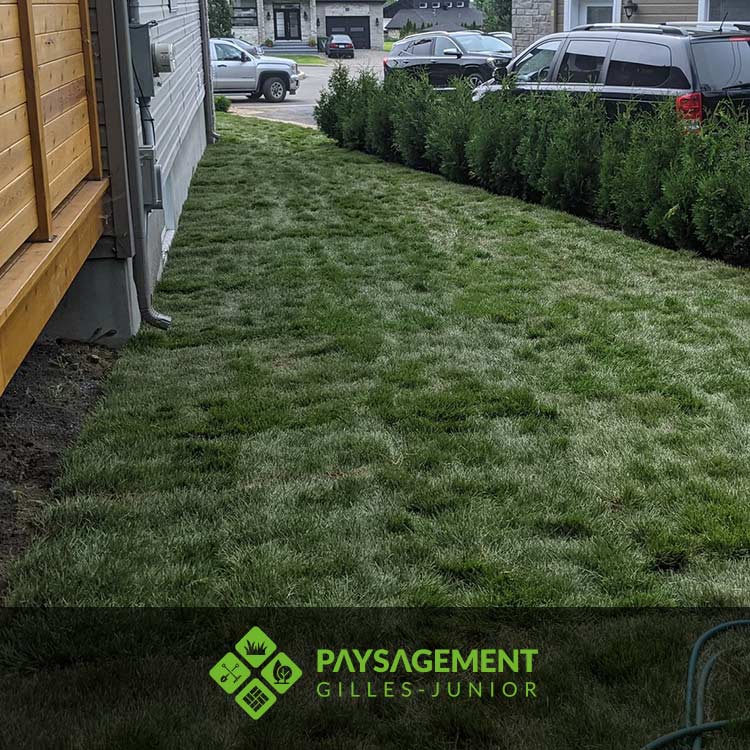


Laying peat offers several advantages for landscaping projects, particularly in enhancing soil quality and moisture retention. Peat acts as a natural sponge, absorbing water and releasing it gradually, which is essential for plant health and growth.
Additionally, peat is rich in organic matter, which improves soil structure and fertility. This can lead to healthier plants and more vibrant landscapes, making it a preferred choice for many landscaping professionals and homeowners alike.
The process of laying peat involves several key steps to ensure optimal results. First, the area must be prepared by clearing debris and leveling the ground to create a smooth surface for the peat to be laid.
Once the area is ready, the peat is spread evenly across the surface, typically to a depth of 2 to 4 inches, depending on the specific needs of the landscape. Proper installation is crucial, as it ensures that the peat can effectively retain moisture and support plant growth.
Maintaining areas where peat has been laid is essential for long-term success. Regular monitoring of moisture levels is important, as peat can dry out over time, especially in hot weather. It's advisable to water these areas consistently to maintain the health of the plants.
Additionally, periodic checks for weeds and pests can help prevent any issues that may arise. Mulching around the plants can also provide extra protection and enhance the aesthetic appeal of the landscape.
When considering soil amendments for landscaping, peat is often compared to alternatives like compost and vermiculite. Each of these materials has unique properties that can benefit soil health, but peat stands out for its exceptional moisture retention capabilities.
While compost enriches soil with nutrients, peat's ability to hold water makes it particularly beneficial in dry climates or for plants that require consistent moisture. Understanding these differences can help homeowners and landscapers make informed decisions based on their specific landscaping needs.